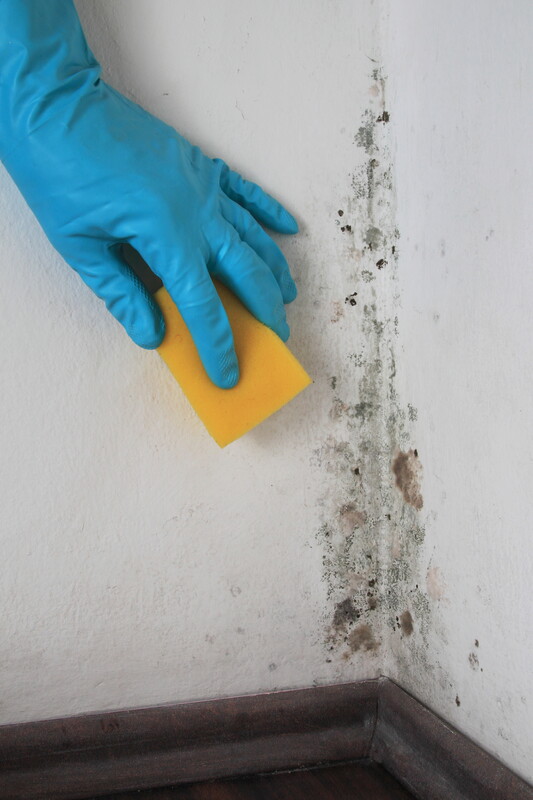
There are few words that can heighten stress and anxiety as that of – mold! When a business leaves areas of the facility in a damp and wet state, whether from uncleanliness or neglect, they are doing nothing more than setting themselves up for a major headache. In some cases, a good carpet cleaning can sufficiently handle the situation. However, there are varieties of mold than most know of, and as such, they each present in a much different manner.
Unfortunately, the treatment of mold is not a “one cleaner fit’s all” type of situation. The entire case is significantly compounded by the fact that you have to figure out which kind of mold you are treating in order to know the proper treatment to use.
Trichoderma
This mold, of the four on this list, is admittedly one of the trickier forms, as it has five individual species. There is also the fact that it is difficult to differentiate between the species, as they are very similar in their nature. They all have the distinction of growing in clusters and presenting with a somewhat wooly texture. When dealing with and inspecting for Trichoderma, you will most commonly look in the areas of your business that tend to present as very wet—such as the wallpaper and the carpet.
Another feature that all five species share is that they are known, to a certain extent, to flare up an individual’s allergies. The mold has shown, through prolonged exposure, to be somewhat toxic in nature as well. Liver and pulmonary systems are greatly affected as well, causing adverse health effects.
Acremonium
This type of mold most often presents in the form of either a moist growth, to the appearance of a somewhat fine powdery substance. This mold type proves to be more of a problem in localizing, in that the act of walking and disturbing the air around the powdery form will cause it to go airborne quickly.
This type of mold is found in areas that are prone to condensation, such as in building appliances. One specific example of where you would find this type of mold would be around the air conditioning units of buildings and such structures. Subsequently, the mold will most generally also prove to be present in the ductwork that service the unit.
Penicillium
Not to be confused with the form of mold that is commonly grown in a controlled environment for medical purposes, this mold is in no way a good type. The widely used form of mold, penicillin, may be highly effective in battling infections that are bacterial in nature is a very different type.
Penicillium is a very harmful type of mold found in the areas of a building where dampness is present. Such areas as the basement or even the bathrooms. However, do not think that penicillium will not take the opportunity if presented to form in other areas. Penicillium can lurk in areas that do not commonly come to mind, those such as carpets, chairs, and even behind your wallpaper.
Cladosporium
Mold is commonly a lover of moist, warm climates as a rule. However, when dealing with Cladosporium, this mold stands out as a little bit of an oddball. The mold can be found in not only warm temperatures but in those temperatures that are colder as well. With its loves of both types of climates result in the fact that you will have to stay on your toes pretty much year-round.
If the fact that this type of mold is one that can prove to be a problem pretty much all year, then adding in the fact that it is very good at hiding makes it a pretty tricky type of mold to battle. Cladosporium has the knack of hiding in such areas as underneath your floor-boards, adding to its difficulty level.
If a mold problem is suspected, the sooner you get an expert on the case, the better. If left unchecked, mold can grow at an exponential rate, and as a result, can become a huge problem really fast. In most cases, a good carpet cleaning is all that I needed. However, it is best to contact an expert to make sure that you have a handle on the situation.

Recent Comments